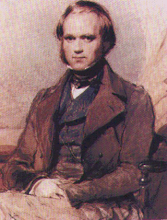
The submersed, volcanically inactive islands of the northwest part of the volcanic archipelago of volcanic islands of which the state of Hawai'i is a part, points to the future of the present Hawaiian islands.
As the Pacific Plate continues its cm-by-cm journey to the northwest, the Big Island of Hawai'i will move off the hot spot, its volcanic activity will cease, and erosion will eventually reduce the island to a submersed shadow of its former self.
This rather bleak view of Hawai'i’s future is tempered with the knowledge that even as erosion claims the older islands, and eventually the big island, even now the next island in the chain is growing on the seafloor off the southeast coast of Hawaii. Loihi is the name already given to this next piece of real estate in the Hawaiian chain.
Image of Loihi from here.










